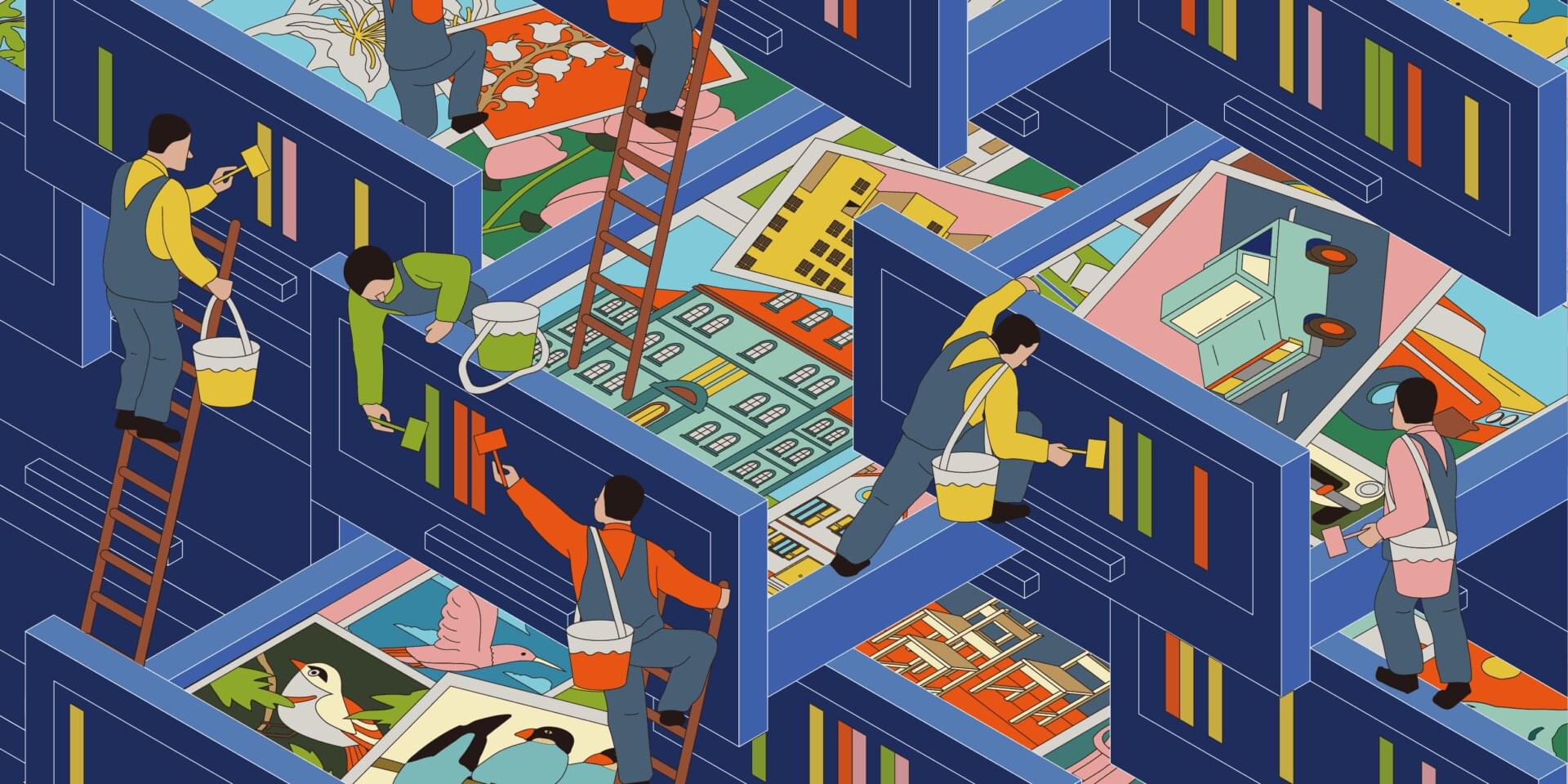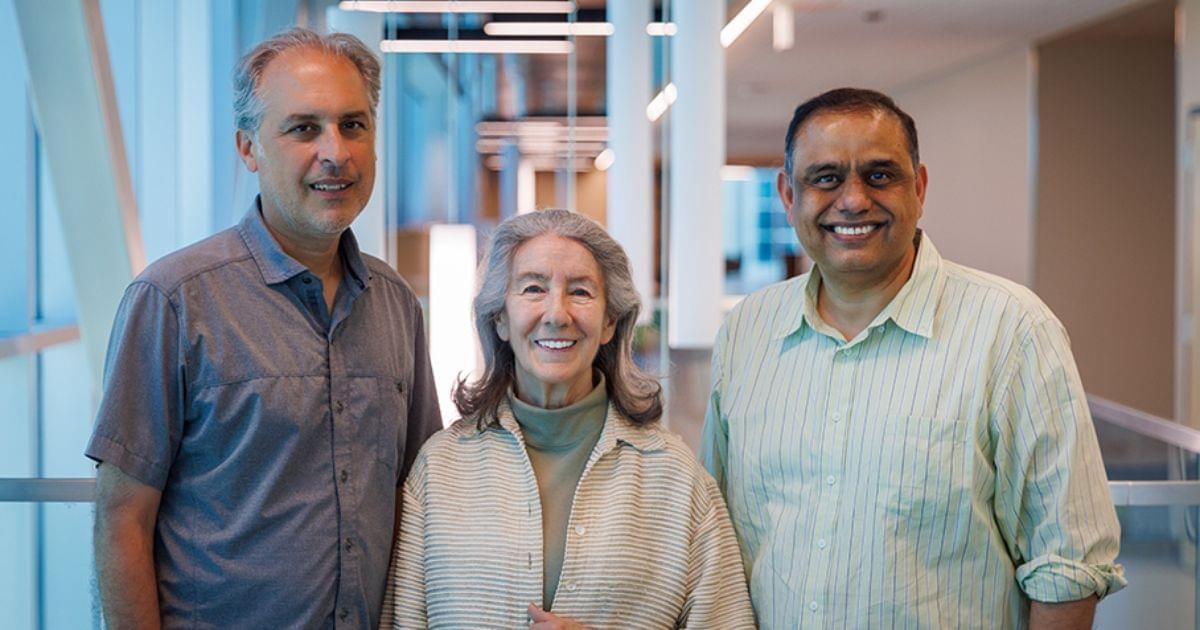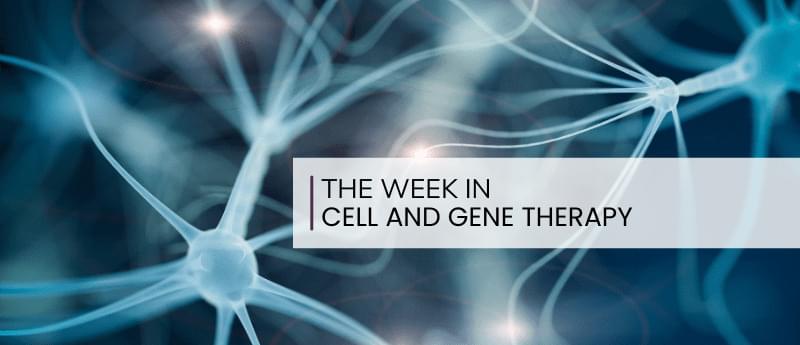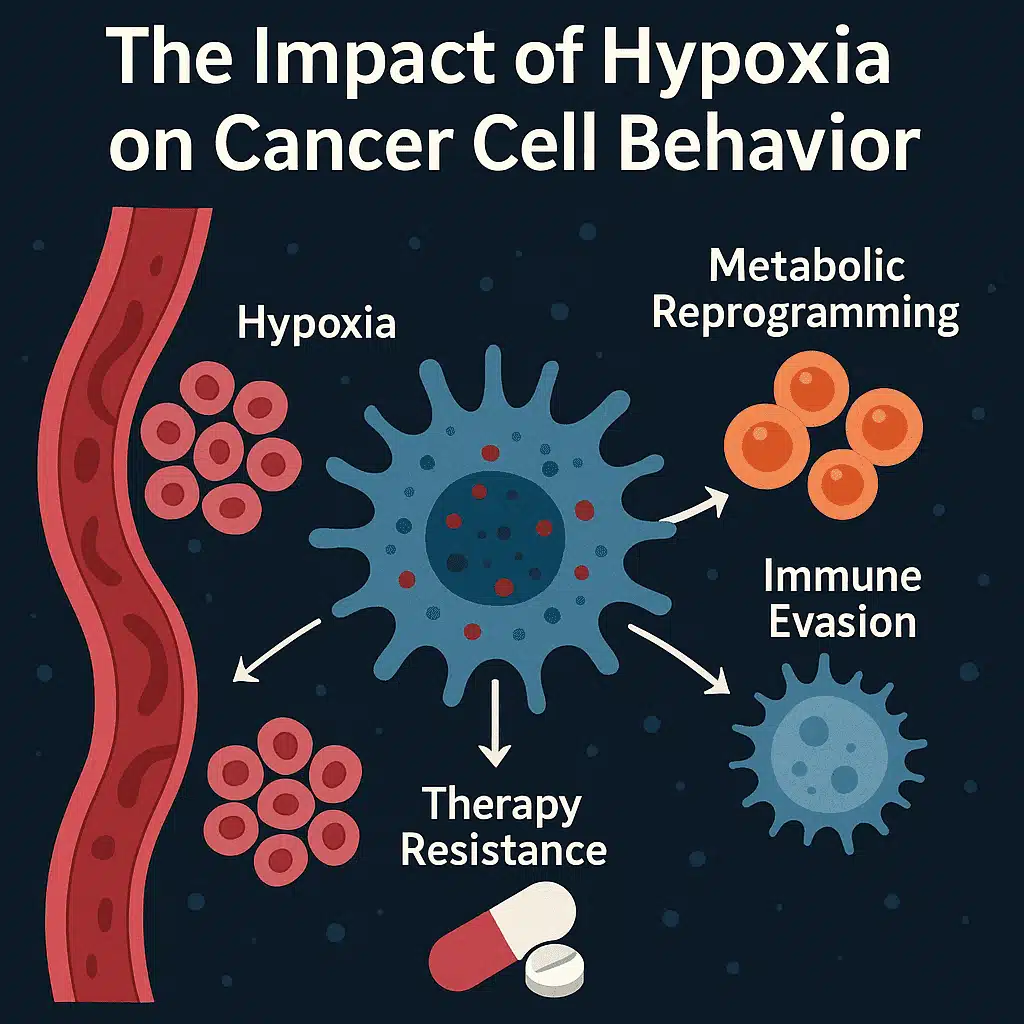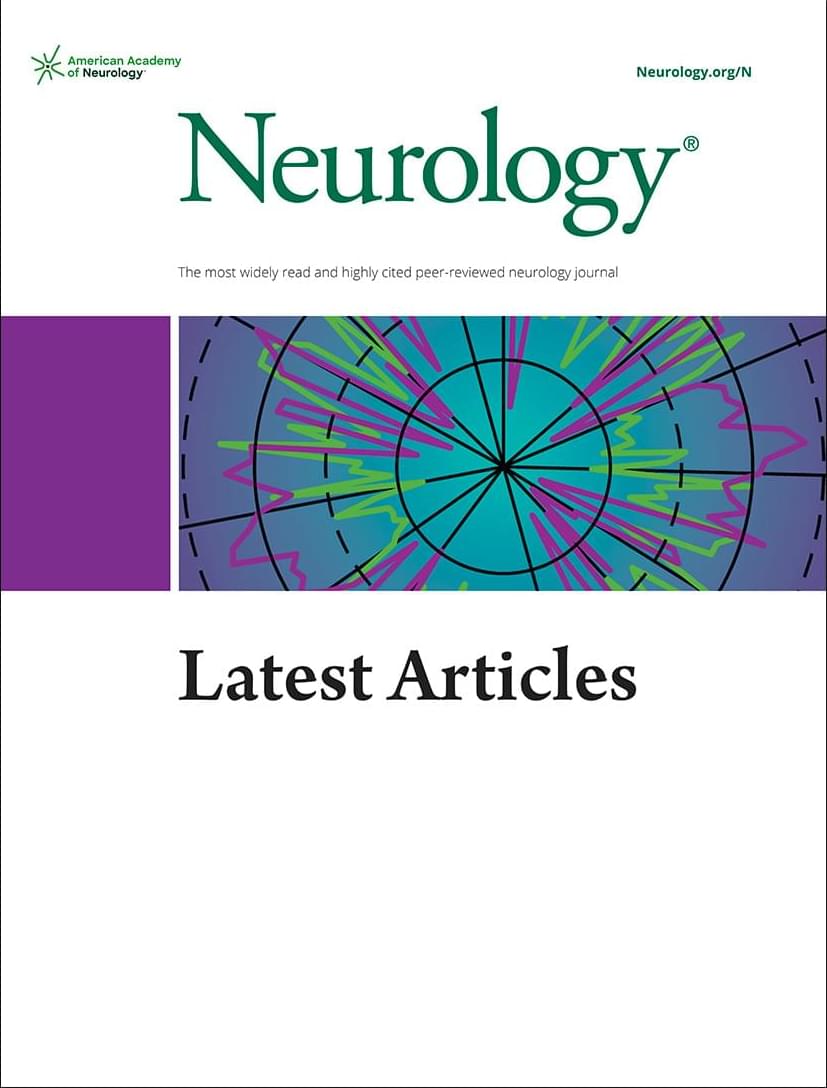Researchers at the University of Southern California have made a significant breakthrough in understanding how the human brain forms, stores and recalls visual memories. A new study, published in Advanced Science, harnesses human patient brain recordings and a powerful machine learning model to shed new light on the brain’s internal code that sorts memories of objects into categories—think of it as the brain’s filing cabinet of imagery.
The results demonstrated that the research team could essentially read subjects’ minds, by pinpointing the category of visual image being recalled, purely from the precise timing of the subject’s neural activity.
The work solves a fundamental neuroscience debate and offers exciting potential for future brain-computer interfaces, including memory prostheses to restore lost memory in patients with neurological disorders like dementia.
